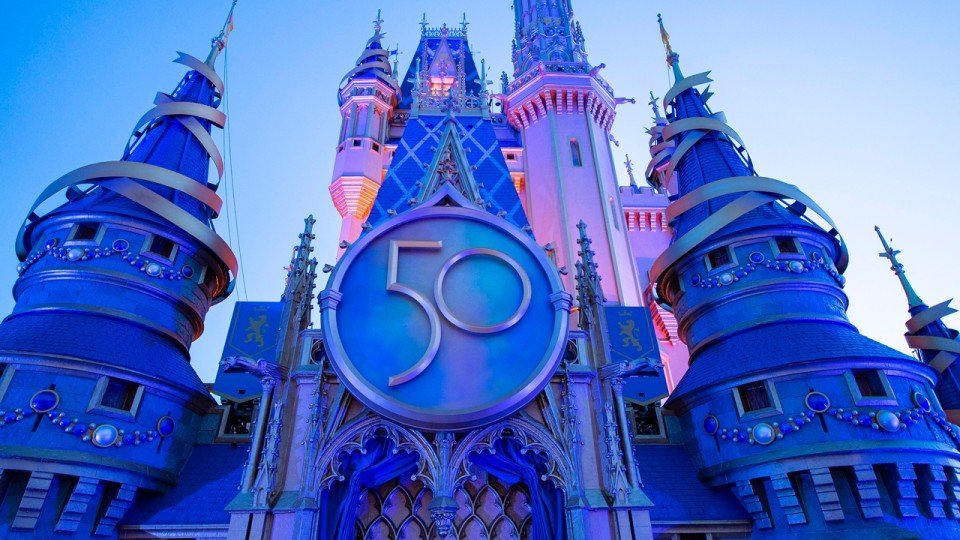Joe Rohde, stands out as one of the most influential Imagineers in Disney’s history. His career, spanning nearly four decades, has left a major mark on the theme park industry. All through his contributions to Disney’s Animal Kingdom, Aulani, and various other groundbreaking projects. Rohde’s work is characterized by a deep commitment to storytelling. Along with authenticity, and a profound respect for the cultures he represented in his designs.
Early Career and Entrance into Imagineering
Joe Rohde’s journey with Disney began in 1980 when he joined Walt Disney Imagineering (WDI) as a designer for EPCOT. It quickly became evident that his passion for storytelling and his eye for detail were exceptional. Rohde’s ability to blend art and narrative had set him apart from his peers. This made him a valuable asset to the Imagineering team.
The Birth of Disney’s Animal Kingdom
Perhaps the most significant milestone in Rohde’s career was his role as the lead designer for Disney’s Animal Kingdom. This project was an ambitious attempt to merge the entertainment experience with a powerful conservation message. Rohde’s vision was to create a park that celebrated the natural world, spotlighting wildlife, ecosystems, and human interaction. All in a way that was both educational and entertaining.
Joe Rohde’s approach to designing the Animal Kingdom was nothing short of revolutionary, but setting new standards for themed entertainment. From the outset, Rohde was determined to create a park that would stand apart from the typical amusement park experience. His vision was to immerse guests in environments that felt real and alive. Where every element, no matter how small, contributed to a larger narrative.
Rohde’s philosophy was deeply rooted in the idea that every aspect of the park should tell a story. He believed that the environment itself could be a powerful storyteller. He felt that guests should be able to feel the narrative. This approach meant that the architecture, landscaping, and even the smells within the park were carefully curated.
Rohde championed the concept called “placemaking”. It is when each area of the park is to be a distinct place with its own identity. Along with its own history, and cultural context. This concept went beyond creating themed areas; it involved building realized worlds where guests could lose themselves in the details.
The African village of Harambe is not just a backdrop for the Kilimanjaro Safaris attraction; it is a living village with a rich backstory. Rohde and his team designed Harambe to reflect a community that has grown organically over time. This included buildings of different architectural styles, weathered walls, and signs of daily life. The village tells the story of a place where people live, work, and interact with their environment. This level of detail invites guests to explore, discover, and engage with the story on a deeper level. The experience was now more than just a ride.
Authenticity in Design
Rohde was also a strong advocate for authenticity in design. He believes that to create immersive environments, the details have to be accurate and respectful of the cultures represented. This philosophy led him and his team on extensive research trips to Africa and Asia. They studied the architecture, art, and daily life of the regions they were depicting in the park.
Rohde and his team visited countries like Kenya and Zimbabwe, and observed the characteristics of villages, marketplaces, and natural landscapes. They took note of everything, from the way buildings were constructed to how markets were organized.
The design of the Asian kingdom of Anandapur was inspired by Rohde’s travels to Asian countries. This included Nepal, India, and Thailand. The architecture, signage, and decor in Anandapur reflect a blend of influences from these regions. It created a place that feels authentic and layered with history. Rohde’s team paid attention to details like the wear and tear on buildings, the placement of religious shrines, and the integration of nature. All of which contribute to the illusion that Anandapur is a real, thriving community.
Rohde emphasized the use of materials that were from the regions they were representing or replicated with accuracy. Many of the artifacts and decorations throughout the Animal Kingdom were acquired on the team’s travels. Some are crafted by local artisans who were commissioned to create pieces specifically for the park. This commitment to authenticity extended to the vegetation as well. The landscaping in each area was selected carefully to match the flora of the respective regions. This created a cohesive and believable environment.
Immersive Environments and Backstories
One of the hallmarks of Rohde’s design philosophy is the creation of immersive environments that are rich with backstory. In the Animal Kingdom, nothing is purely decorative. Every element has a purpose and contributes to the overarching narrative of the park. Each area of the park is to reflect a different ecosystem or cultural setting.
In Harambe, the village’s backstory is that it was once a colonial outpost that has become a bustling market town. This history displays the colonial influenced architecture. The buildings are weathered, with peeling paint and patched-up walls, suggesting a community that has evolved over time. Signs in both English and Swahili, add to the sense of place and help tell the story of Harambe.
In Anandapur, the story is that of a kingdom that has opened its doors to travelers and adventurers. The area carries remnants of tattered flags and old equipment to notes and maps left behind. Anandapur’s backstory mends into the attractions, such as Expedition Everest, where the queue line itself is a treasure trove of artifacts. All of which that tell the tale of the region’s mysterious yeti. The design invites guests to piece together the story as they wait for the ride. This makes the entire experience more engaging and immersive.
The Gorilla Falls Exploration Trail and the Maharajah Jungle Trek lays out like expeditions where guests can encounter animals in environments that resemble their natural habitats. These exhibits are not just about showcasing animals, they are for the sake of educating guests about the ecosystems these animals come from.
His goal was to create immersive environments and pushing the boundaries of what theme parks could achieve. All in terms of immersion, education, and emotional impact. He believed that they could be places for learning, inspiration, and reflection.
This belief is noticeable in the park’s conservation message. It weaves into every aspect of Animal Kingdom. Rohde wanted guests to leave the park with a greater appreciation for the natural world. Along with a sense of responsibility for its preservation. To achieve this, he ensured that the park’s attractions, exhibits, and even its entertainment reinforced the theme of environmental stewardship.
The Kilimanjaro Safaris attraction is designed to simulate a real African safari, complete with live animals roaming in carefully crafted environments. The ride’s storyline, which originally involved a mission to stop poachers, was intended to raise awareness about the threats facing wildlife in Africa. Its storyline has been simplified, and remains a powerful example of how Rohde used storytelling to convey important messages about conservation.
In Pandora – The World of Avatar, Rohde extended his philosophy to a fictional world, using the story of the Na’vi people’s connection to their environment as an allegory for the importance of environmental conservation on Earth. The land’s design encourages guests to think about their relationship with nature and the impact of their actions on the planet.



